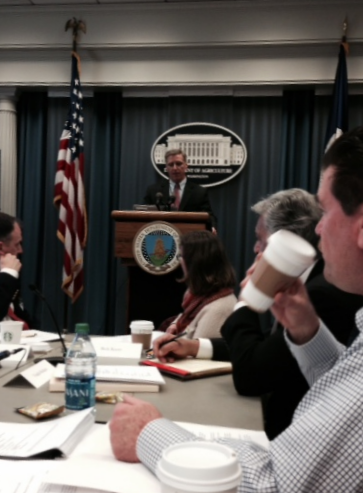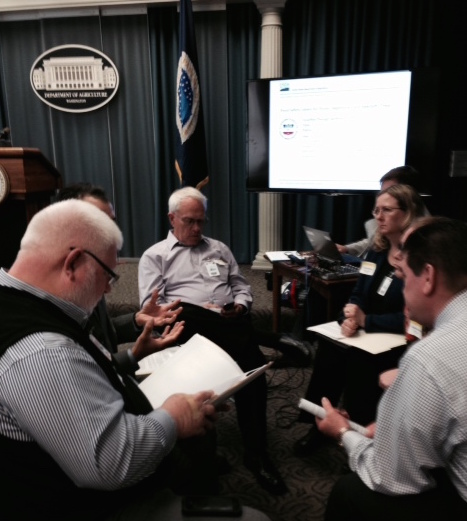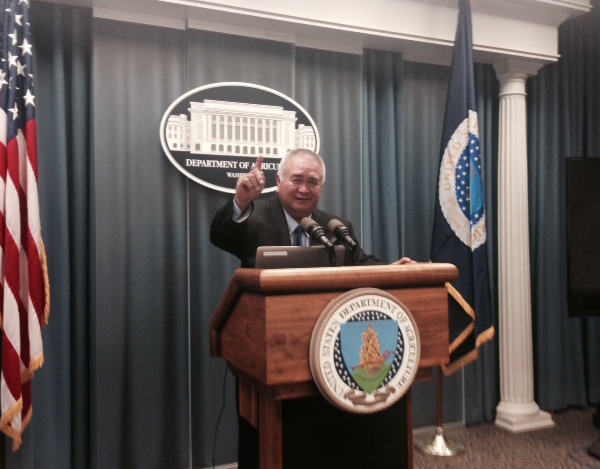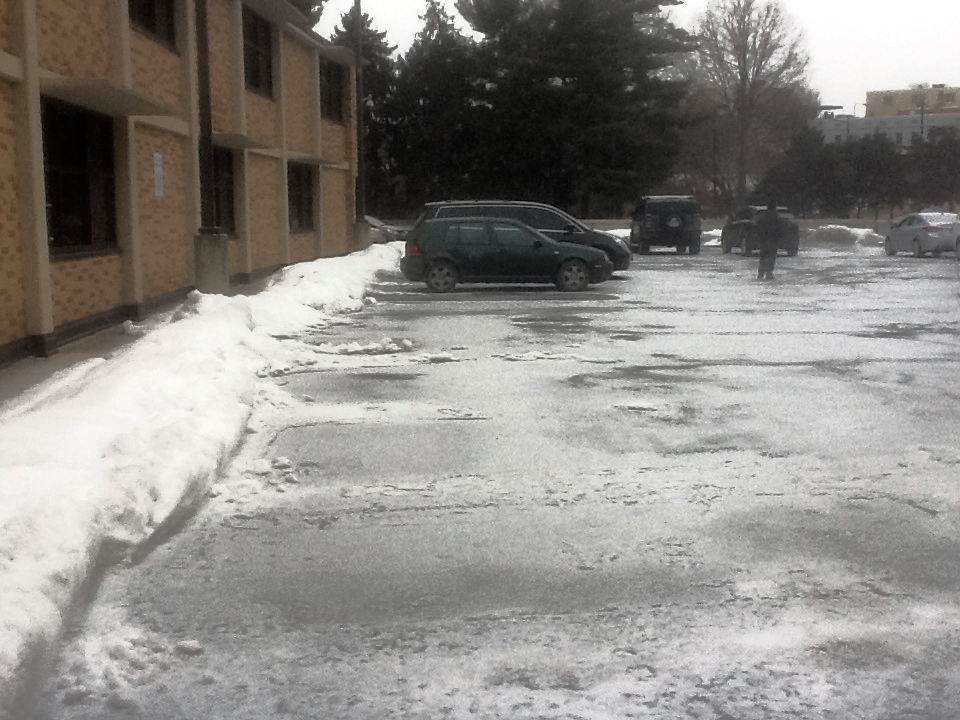Richard Ha writes:
I testified at the Office of Hawaiian Affairs (OHA) on Wednesday regarding the protests over the Thirty Meter Telescope (TMT). Sixty-five people showed up, the vast majority of them in favor of the TMT.
I introduced myself as a Big Island farmer who produced more than 100 million pounds of fruits and vegetables in the last 35 years. I flunked out of the University of Hawai‘i and then got drafted and went to Vietnam, where the unspoken rule was that we all come back or no one does. After we all came back, I returned to school and majored in accounting to be able to keep score. I was the only person from Hawai‘i to attend five Peak Oil conferences. I have attended most of the TMT meetings over the past seven years.
I made two main points.
1. OHA needs to act like parents and kupuna.
We are starting to see lots of outside Islanders coming to stick their spoon into Big Island business. Activist Walter Ritte even came from Moloka‘i to advocate for the removal of all the telescopes from Mauna Kea.
When Big Islanders were in charge, I didn’t worry about public safety. Now, though, I am very worried. We are seeing folks wearing hoodies and bandanas, and they’re hiding their identities. The leaders have got to stop that. It puts a hair trigger on the situation, and it’s dangerous.
We saw someone like that recently, and we knew he wasn’t from the Big Island because he was driving a bright red Jeep. Nobody drives a bright red Jeep; those are only rental cars.
The folks protesting are getting false hope that they can get all the telescopes off the mountain if only they push back harder. And the discourse is pilau. People are insulting people. This is very dangerous.
OHA needs to act like parents and kupuna. This is not rocket science. You folks all know that the process was followed; that is why the permits were issued. Don’t give people false hope. The young people protesting who are college-age now were only in middle school when we started the process to make sure the project was done right. This is why they don’t know about the intricate, seven-year process the Thirty Meter Telescope people went through to work through all the issues the protestors are just now talking about.
It is OHA’s job now to do the right thing. Just tell them—they’re not going to change the law. Letting them think that will possibly escalate the problem and the mounting safety issues. That’s the kind of thing that is going to cause something to happen. We don’t want anybody getting hurt.
2. Remember what the TMT will bring to our community. The Big Island has the lowest median family income of all the counties. And the Kona side is higher than the county average, making the east side even lower than the county’s average. The Pahoa/Ka‘u/Kea‘au school complex is in the top four in the state for the free/subsidized lunch program. This island’s spouse abuse, substance abuse, and teen pregnancy rates are high.
Henry Yang, president of the TMT Corporation, came to the Big Island to talk with the community fifteen times. He came personally and talked to folks on the other side of the table, and he listened. He didn’t assign someone else to come; he came himself. That’s how the THINK fund was born. Nothing fancy, just listen. They are developing a work force so kids now in high school can follow a path to jobs. They did an environmental study, instead of taking the shorter way.
The TMT set the bar for how other big companies should interact with the community. To turn them away would be the most irresponsible thing we could do.
The Big Island needs jobs, and we need to diversify our economy to protect ourselves from rising oil and gas prices. The TMT is free money. The THINK fund helps our kids not fortunate enough to have gotten a Kamehameha Schools education. They are the ones who need help. Once you get an education, no one can take it away.
Acting like parents and kupuna will ensure that you address public safety as well as move up the folks on the lower rungs of the economic ladder—those not fortunate enough to go to Kamehameha Schools, or to take advantage of the GI bill like me. Education is the great equalizer.









